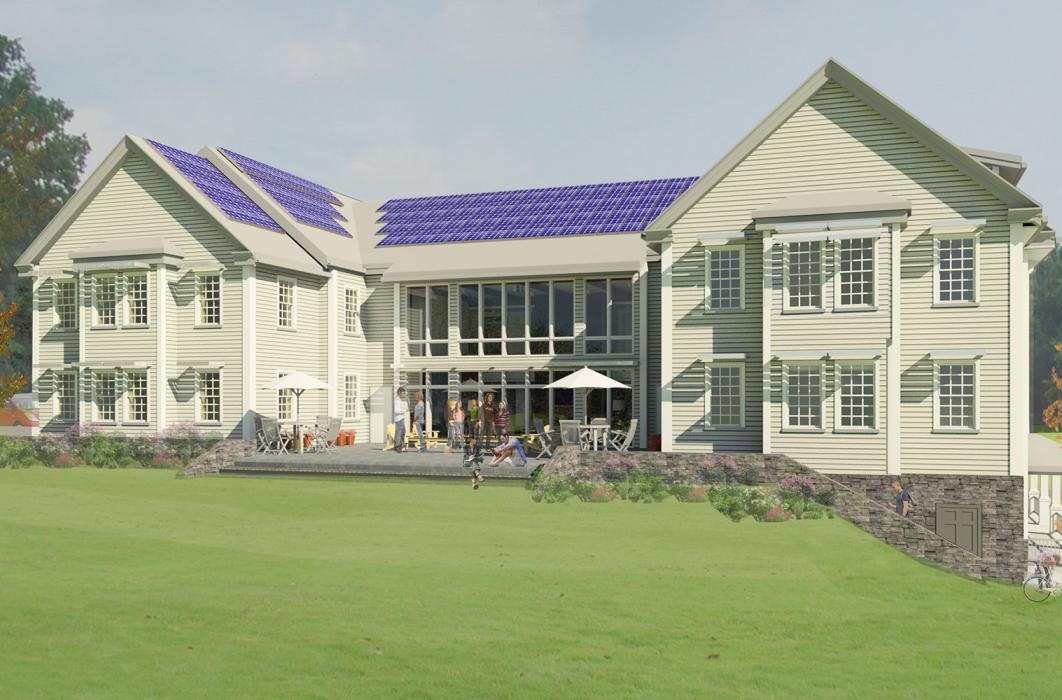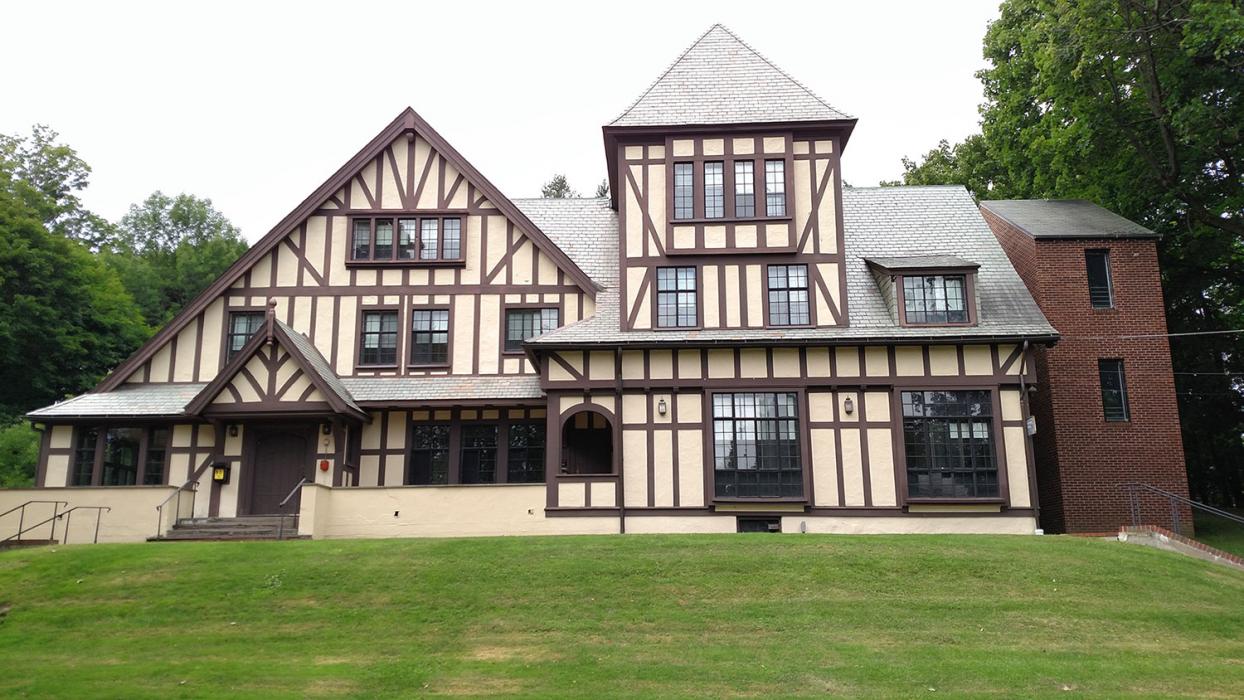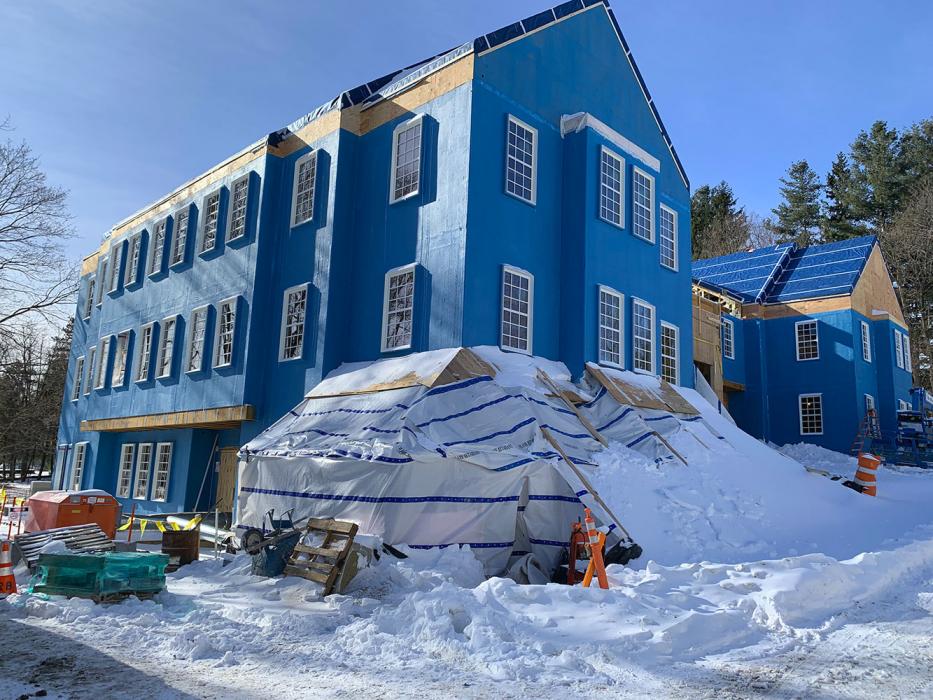
Williams College, Garfield House Residence Hall
After a feasibility study, we concluded the total carbon emissions of a more energy-efficient structure would be less than renovating the existing building.
Delivering a High-Performance, Healthy and Cost-Effective Building
Originally built in 1851, the Garfield Estate in Massachusetts was a wood-framed building used since 1924 as residence housing at Williams College. The College looked to replace the aging structure, but to do so in the most cost-effective and sustainable way.
We provided structural design, below-grade engineering and Passive House certification services to SGA to help evaluate the building’s envelope, structure and energy performance. The result? A new sustainability icon, designed to achieve both LEED Gold Certification and Passive House PHIUS+ certification.
Highlights
- A key factor in our multi-year analysis was the study of operational carbon savings from the new building versus embodied carbon associated with the existing facility.
- Our study found that after 4.5 years, the total carbon emissions of the new, more energy-efficient structure would be less than the existing building were it to be newly renovated.
- The new building is designed to achieve Passive House PHIUS+ certification and LEED Gold certification.
- The estimated Energy Use Intensity is expected to be 28 kbtu/sf/yr and is 48 percent better than ASHRAE 90.1.
- The building features R-38 walls, R-60 roofs, triple-pane fiberglass windows, south-facing brise soliel, high-efficiency energy recovery ventilation units, drainwater heat recovery and an estimated 50-kw photovoltaic array.
- With these features and an air-tight construction approach required for passive house design, the building only needs a small amount of electric heating in each room.
- By eliminating the heating system, the project is able to achieve Passive House PHIUS+ certification without any construction cost premium.
- The new building has a 50% to 80% savings in operating energy cost.
- We also managed the salvage of historic architectural elements and their incorporation into the new design.












